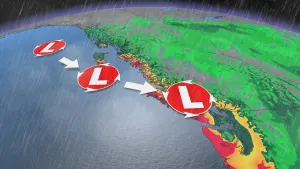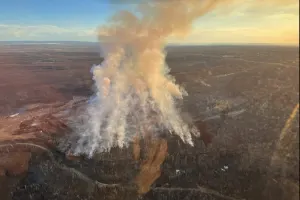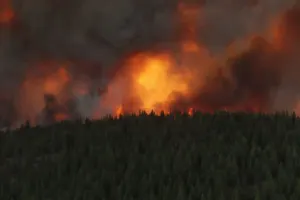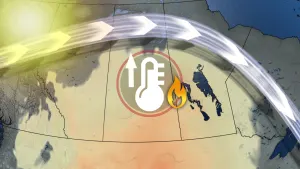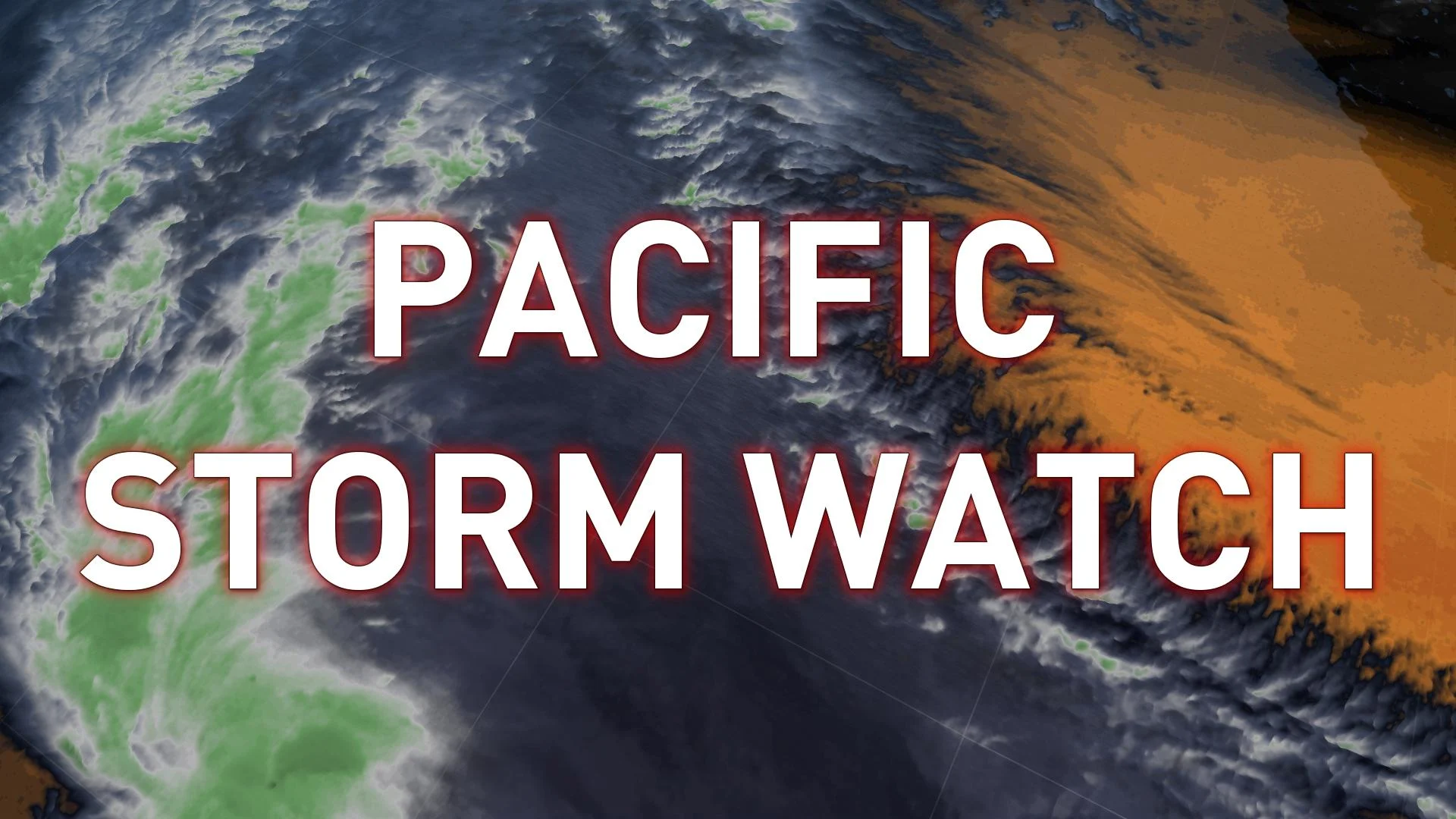
An incredibly rare tropical cyclone might develop near Hawaii this week
It’s the middle of winter, but one rogue system near Hawaii could try to become the earliest tropical cyclone ever recorded in the eastern Pacific.
A disturbance near Hawaii could make a run for the record books this week. Forecasters give the system a medium chance of developing into a tropical or subtropical system over the next couple of days, which is no small feat for the middle of January. This would be the earliest tropical cyclone ever recorded in the eastern Pacific. More on this odd situation, and a look ahead at the 2022 hurricane seasons, below.
THE SYSTEM HAS A MEDIUM CHANCE OF DEVELOPING BY FRIDAY
Forecasters are watching a low-pressure system swirling about 1,600 km east-northeast of Hawaii for potential tropical or subtropical development through Friday.
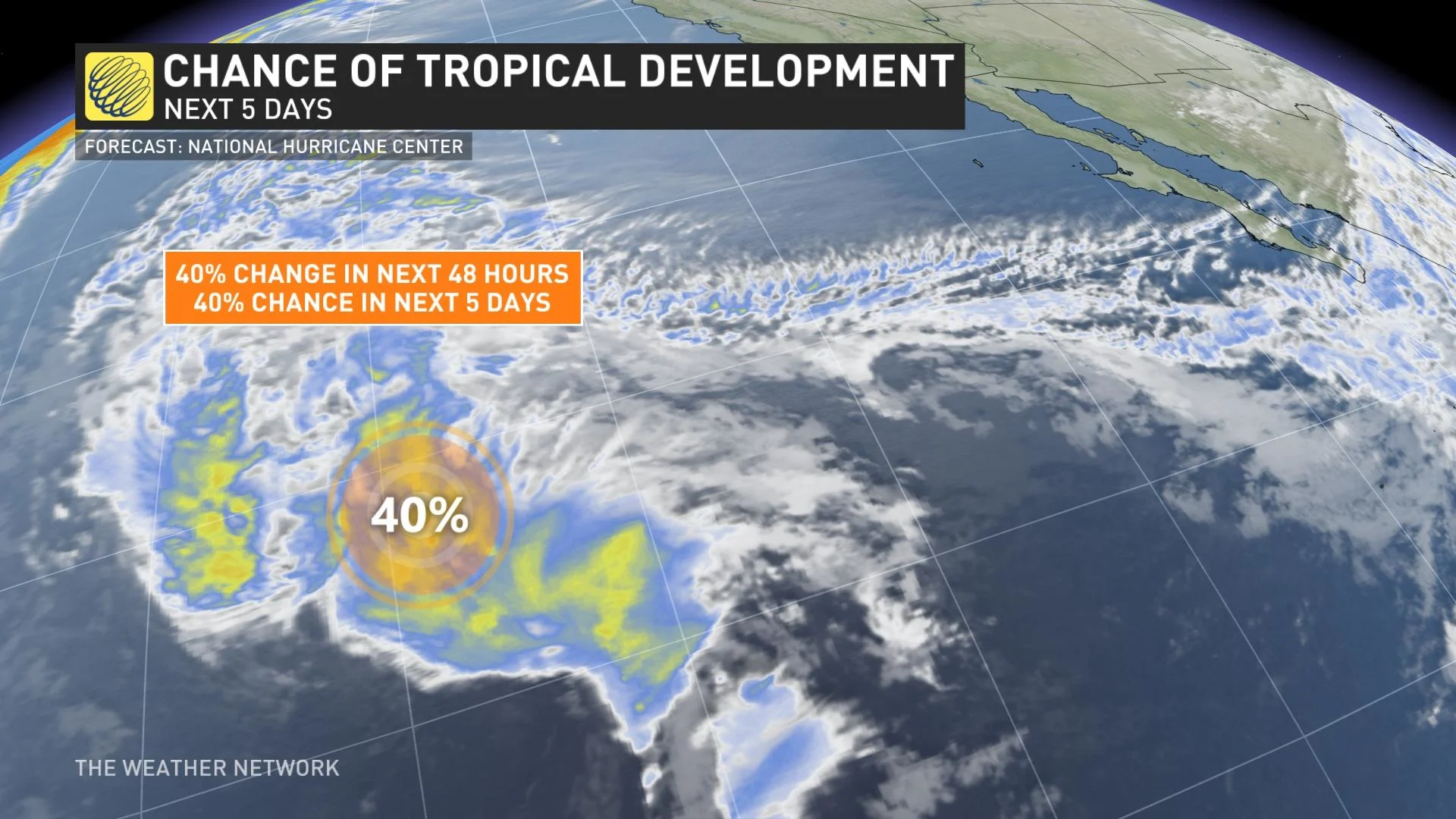
The U.S. National Hurricane Center (NHC) believes the system has a brief window of opportunity to become the eastern Pacific’s first tropical system of the 2022 hurricane season. The eastern Pacific basin covers the ocean north of the equator and east of 140°W.
While conditions aren’t favourable for much development, the system is somewhat organized and it might continue this trend and develop before the weekend. Forecasters give the system a 40 percent, or medium, chance of development over the next few days. Either way, this system will remain far away from land.
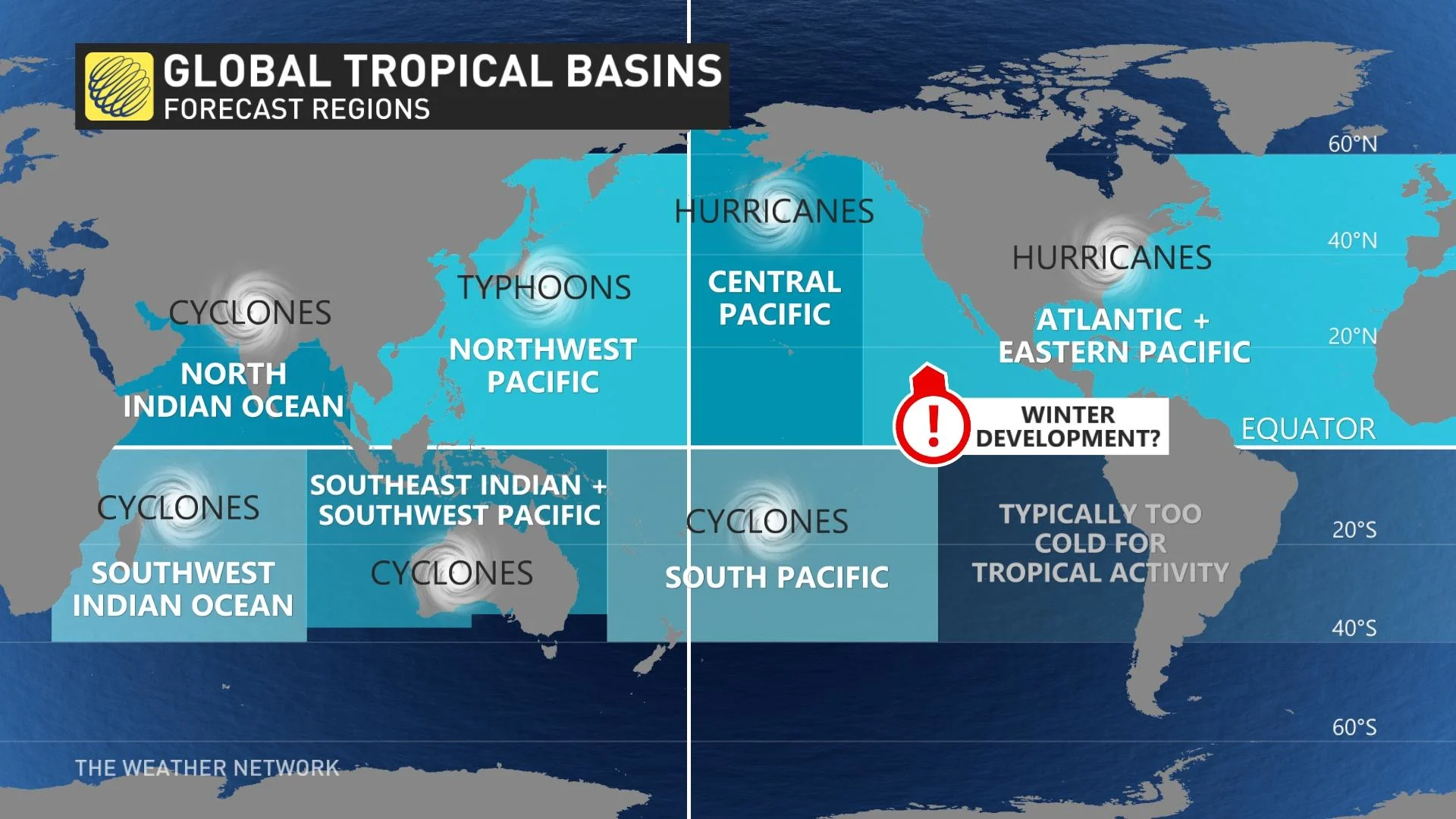
The NHC notes that this system could develop into a tropical or subtropical system. There are some differences between tropical and subtropical cyclones in their structure and organization, but the differences really only matter to meteorologists. Subtropical systems are close enough in composition and impacts to tropical systems that the NHC classifies and tracks them just the same.
WATCH: IT’S NEVER TOO EARLY TO PREPARE FOR HURRICANE SEASON
YES, IT IS ODD THAT WE’RE TALKING TROPICS IN JANUARY
There’s never a better time to talk about the tropics than when much of Canada is covered by a fresh blanket of snow and ice. This is an odd situation, and it would be a first in recorded weather history if the disturbance manages to form into a bonafide system.
We’ve never documented a tropical or subtropical system in the eastern Pacific in January…or February, or March for that matter.
It’s possible that a few out-of-season systems formed and went undetected before the beginning of the satellite era in 1966, but there’s no way to know that for sure.
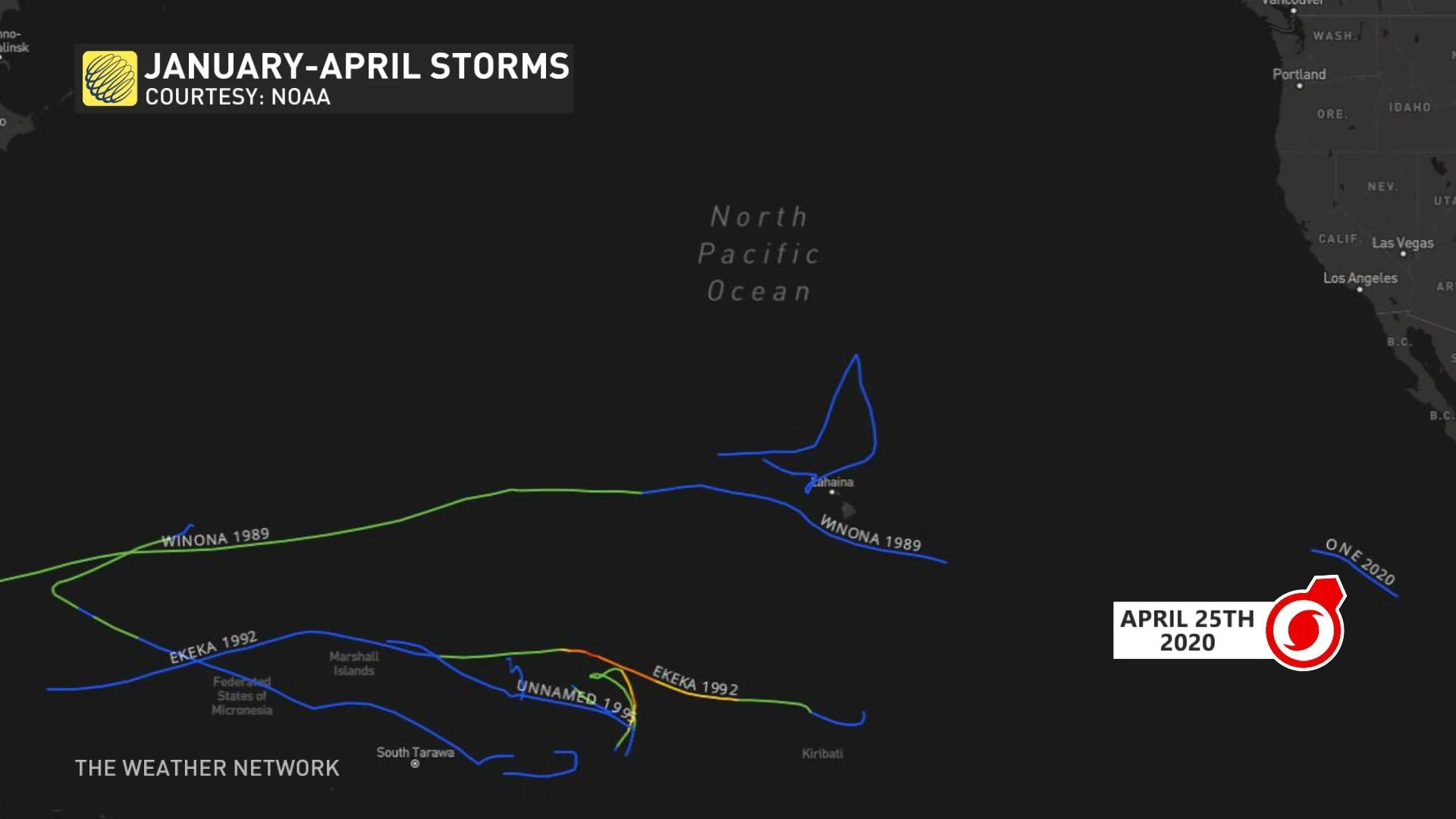
The earliest system on record in the eastern Pacific was an unnamed tropical depression that formed on April 25, 2020, about 1,200 km southwest of the southern tip of the Baja California Peninsula.
The Atlantic Ocean, on the other hand, has recorded its share of early-year storms.
The basin’s 2016 hurricane season started in the second week of January with a full-fledged hurricane in the northern Atlantic. Hurricane Alex rolled across the Azores Islands and brought heavy rain and gusty winds to the archipelago.
Another early-season storm formed in the pre-satellite era. Hurricane Alice formed at the end of December 1954 and grew into a hurricane by January 2, bringing foul weather to several Caribbean Islands
THE 2022 HURRICANE SEASONS ARE A FEW MONTHS AWAY
The ‘official’ starts of the eastern Pacific and Atlantic hurricane seasons are still a few months away, with May 15 the traditional start date for the eastern Pacific season and June 1 marking the beginning of the Atlantic season.
However, the Atlantic has notched its first tropical cyclone before June 1 for the past seven hurricane seasons in a row. The U.N.’s World Meteorological Organization announced in 2021 that they would consider moving the beginning of the Atlantic hurricane season to match the eastern Pacific’s May 15 start date, but we’re still a good deal of time away from a decision on that front.
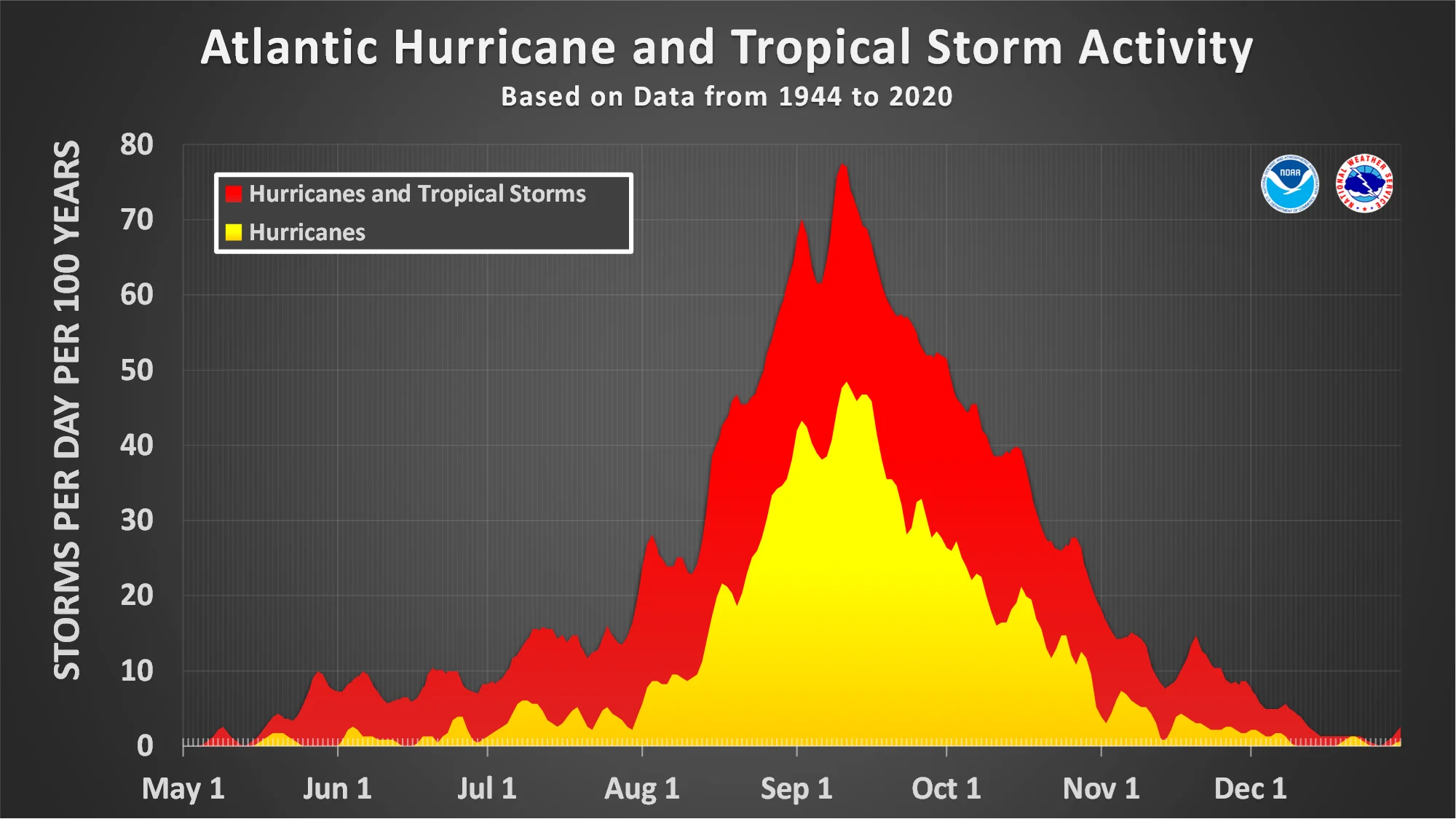
Tropical cyclone activity across the Atlantic basin between 1944 and 2020. The season peaks in the second week of September. (Image courtesy NOAA/NHC)
A typical Atlantic hurricane season, which runs through the end of November, witnesses 14 named storms. Seven of those named storms grow into hurricanes, and about three of those hurricanes strengthen into major hurricanes.
The 2021 Atlantic hurricane season was only the third season on record to exhaust the list of 21 storm names. That hyperactive season followed the 2020 hurricane season, which was the most active season on record with a whopping 30 named storms.
It’s still too early to know what kind of hurricane seasons to expect this year. The first hurricane outlooks issued by organizations like NOAA and Colorado State University will arrive this spring.
Stay with The Weather Network for the latest forecasts across Canada and around the world.







